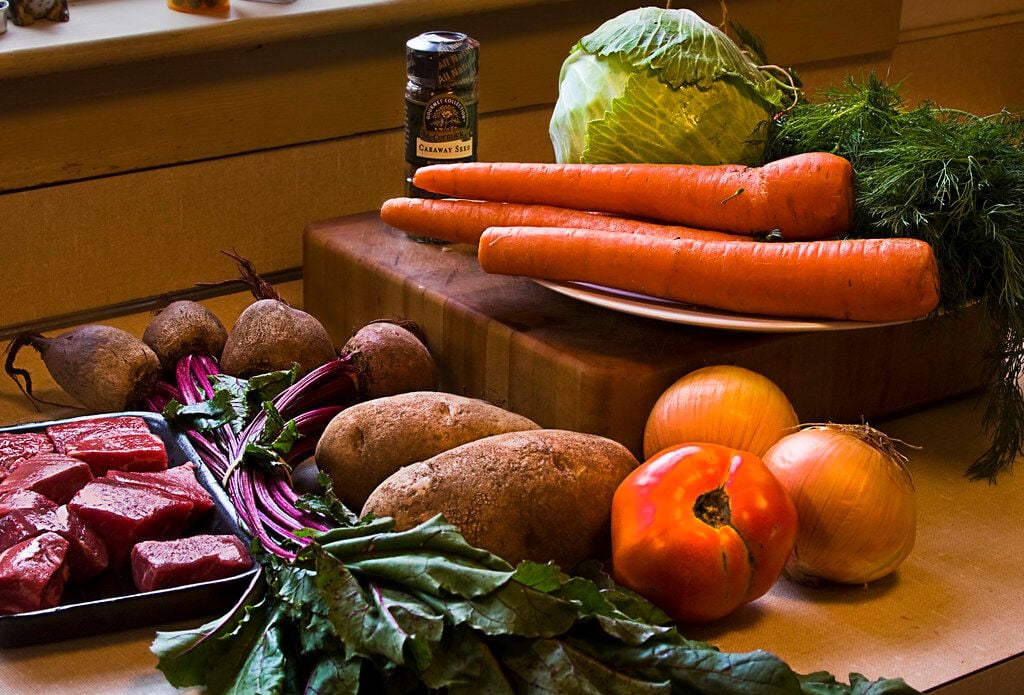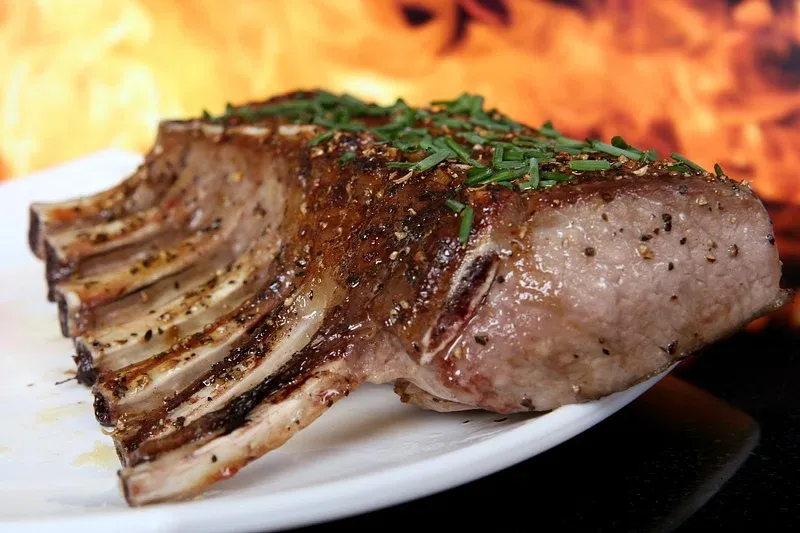
A Delicious Duel: Calzones Vs Strombolis
- May 6, 2024
If you've ever found yourself trying to decide between ordering a calzone or a stromboli at your favorite pizza joint, or even if you're trying to make your own at home, you're likely to have wondered what makes these two dishes different from each other. Sure, both involve the magical combination of pizza dough, sauce, cheese, and possibly some meat, and both are baked to perfection, but there is a lot more to these dishes than meets the eye.
Each of these tantalizing delicacies have their unique origin stories and techniques of preparation that distinguish them from each other. Calzones, named after the Italian word for trousers, were first made in Naples during the 18th century. According to Mike Fadem, the chef and owner of Ops pizzeria in Brooklyn, these crescent-shaped pastries were intended to serve as a portable foodstuff which could be easily carried and consumed on the go wrapped in a piece of paper. On the other side of the timeline, strombolis were an invention of the 1950s, crafted in the areas around Philadelphia. Romano's, a popular Italian restaurant in Essington, Pennsylvania, is widely regarded as the birthplace of strombolis.
Even though both calzones and strombolis use pizza dough, their preparation methods and ingredients differ substantially. While calzones usually have a dough made from flour, yeast, water, and salt, a stromboli may also be crafted from bread dough, per Anna Crucitt, the owner of Mercurio’s in Pittsburgh, Pennsylvania. Fadem adds that adding oil or other kinds of fat to the dough can be beneficial for Strombolis when they are cooked in a deck oven, like those used for creating New York-style pizza.
Laura Meyer, owner and chef at Pizzeria da Laura in Berkeley, California, identifies that the key distinguishing factor between calzones and strombolis is their form. While a calzone resembles a half-moon, a stromboli takes the shape of a rectangular log. To make these at home, one needs to add the stuffing on one side of the circular pizza dough and fold it over to create a calzone, whereas a stromboli is constructed by adding fillings on a rectangular dough and rolling it. Both are then given a glaze of olive oil or egg wash for that shiny, golden finish after baking.
When it comes to choosing the fillings for these dishes, both typically involve similar ingredients but with a few variations. For calzones, the choice is typically ricotta, vegetables, mozzarella, a pork-based element like prosciutto cotto or salsiccia, and a dash of tomato sauce, as explained by Crucitt. In contrast, strombolis usually involve marinara sauce, cured pork products, mozzarella, and vegetables.
There's an ongoing debate regarding whether sauce belongs inside the folds of a calzone or stromboli. One may find both versions in Italy, according to Meyer. Moreover, one may even find calzones garnished with mozzarella cheese and fresh basil on the crust, says Crucitt.
The cooking methods also differ for both dishes. While strombolis are usually baked at a lower temperature and for longer time than their counterpart, calzones are typically baked in pizza ovens at a very high temperature for about five minutes. In Naples, it’s as common to find fried calzones as it is baked ones. "The fried version in Italy is known as panzerotti which have their edges pulled on when they are placed in the fryer so that they retain the crescent shape but are much longer than the baked version," explained Meyer.
Lastly, serving style is another dividing-factor where calzones are typically intended to serve one to two people, while strombolis are created to be sliced and shared among a larger group. "Lots of pizzerias serve strombolis with a side of marinara sauce for dipping. Calzones can be served with a side of sauce as well but it's not quite as common," states Crucitt.






